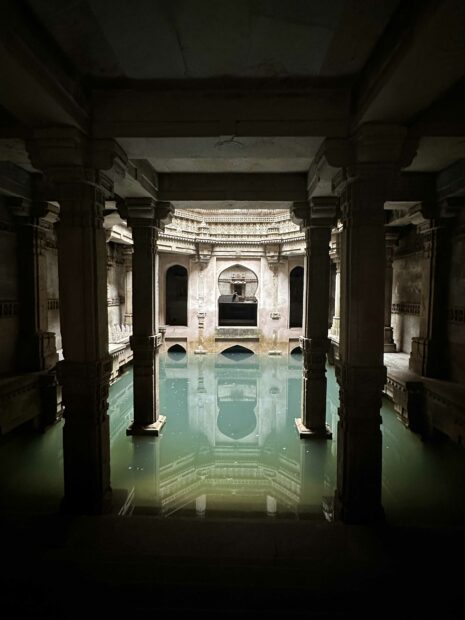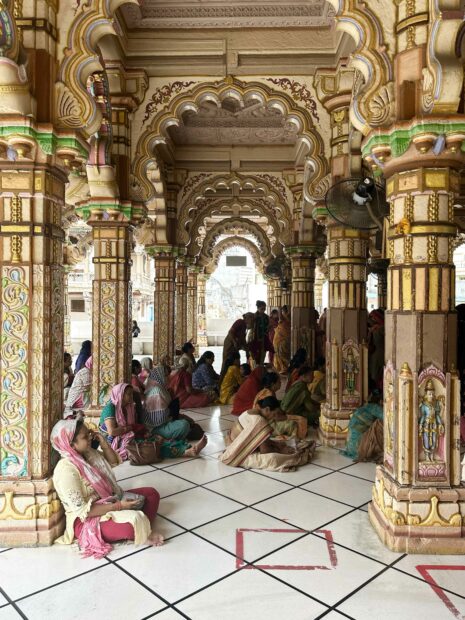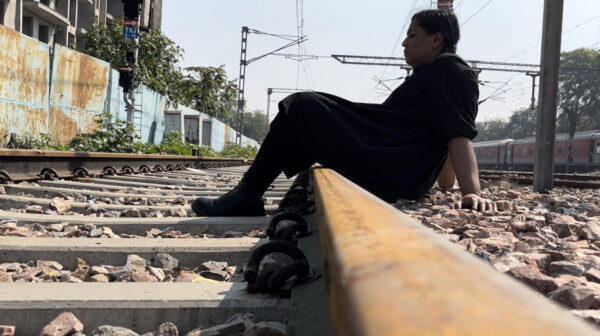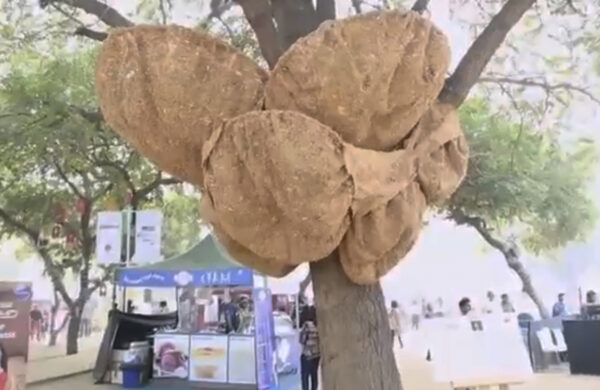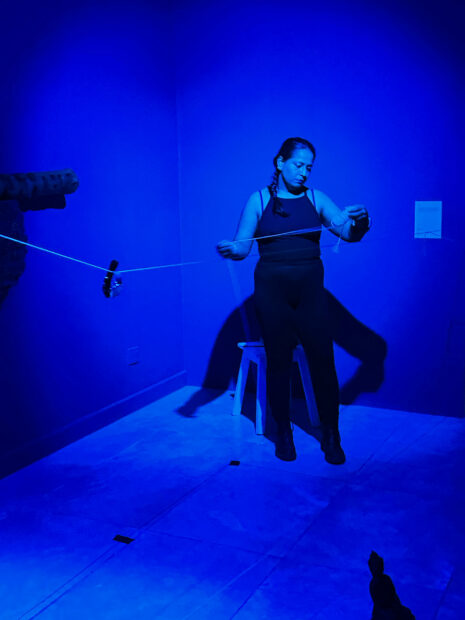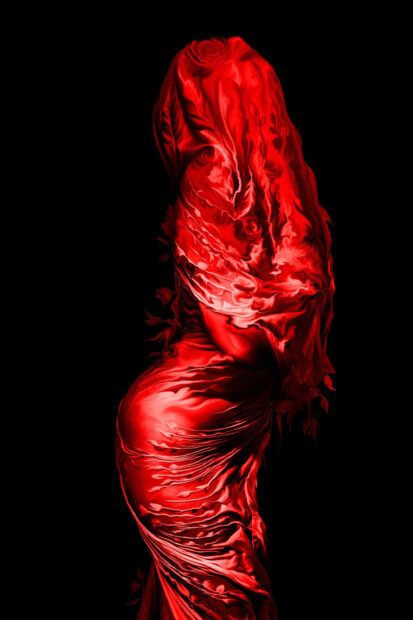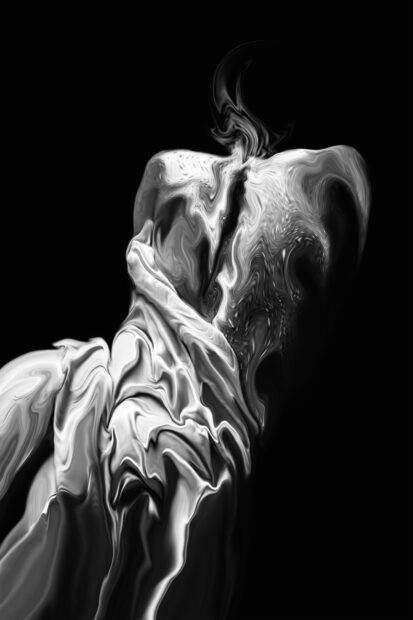Author’s Note: This is the first in a series of articles that recounts my experiences as a Fulbright Scholar in India. I recently returned from the first of three trips. I spent a month in Ahmedabad/Gandhinager, three weeks in Kolkata, and my last week in Goa.
My mother, who was a PhD psychologist and counselor, had a Fulbright in Hungary, so I’ve known about the program since my teenage years. However, I didn’t realize that the Fulbright was available to artists, as well as to non-tenured faculty. In fact, scholars applying to the program do not have to have an institutional affiliation anymore. Out of the 60+ Fulbright Scholars in India during the current grant cycle, I am the only one that I know of who is focusing on contemporary art and artists. I believe there’s another scholar in dance and performance studies, as well as one in film studies. I say this as encouragement for other artists and art writers to apply. Already, it has been a transformational experience for me as an individual and for my artistic practice.
My research project centers on writing about lesser-known female artists who are working with non-traditional materials/processes, addressing socially engaged themes, and whose work explores ideas of borders and boundaries. In addition, I am working on an experimental sound project for which I’m recording female and queer voices — voices that have historically been silenced. I’m excited that at the end of the Fulbright, an exhibition of the artists’ work will be hosted at my home institution — SP/N Gallery at the University of Texas at Dallas.
My long-term friend, the curator and photographer Suvendu Chatterjee, acted as my project manager in India, and he linked me to art institutions, curators, and other artists. He brought my work to Kolkata for an exhibition in 2005 and again in 2019, and his vast network is what enabled me to make so many connections within such a short time period. When he suggested another exhibition of my work, I thought the timing would be right to apply for a Fulbright. When I looked online, the deadline was a week away, and the proposal took 40+ hours. It would have been very helpful to have started it a few months in advance, rather than working around the clock at the last minute.
It is helpful to have some contacts in place before applying for this kind of program — do the research and figure out what host organizations might align with your research interests. My host organization is the National Institute of Design, which is the premiere art institution in India. I had the great privilege of working with the masters-in-photography students, whose work will be the subject of a subsequent essay.
During my trip, I interviewed eight artists. I purposely chose the interview format, so that the artists’ voices were dominant. India is still a patriarchal society and female artists do not receive the same attention as male artists.
Common themes that emerged from my discussions and studio visits include gender identity, gender oppression, the relationship to the body and the landscape/environment, migration, and homeland.
I first met New Delhi artists Pooja Bahri and Jyotsna Siddharth in an online performance art course taught by Alicia Framis at The Alternative Art School. Our work intersects with issues of gendered identity and the body situated within a patriarchal system. I met both on a weekend visit to New Delhi and we have continued our conversations about art and life. Bahri’s work, which she describes as material agnostic (she selects the materials and processes based on her concept), explores social boundaries, the shifting landscape of urban and rural environments, as well as the commitment to social engagement.
Bahri’s sculptural installation Breathless features organic pod-shaped forms symbiotically attached to a tree. The forms appear to breathe, referencing the link between human existence and the environment, as well as the correlation between inhalation and exhalation — the necessary exchange of oxygen and carbon dioxide needed to sustain life.
Another sculptural installation, The Trophy, addresses the fragility of life, as well as resilience. Bahri sculpts clothing out of disposable brown paper. The clothing appears animated through the forms’ gestural figuration. The wrinkled, distressed paper, as well as the absence of a human body, points to lives that are overlooked and undervalued. Yet, Bahri’s sculptures ask us to look at their individualism and resilience, despite the odds. The work’s title took me in another darker direction. I couldn’t help but think of women and children who have been sex trafficked and the “trophies” that traffickers and buyers keep after they are finished with their exploits.
Siddharth is a queer Dalit feminist whose work spans many forms, including visual art, performance, writing, theater, and activism. While in New Delhi, I saw Siddharth’s powerful performance, The Body as Caste Field, which addresses systematic gender and caste oppression. Using Janeu (a sacred thread worn and permitted for use by upper caste Hindu men only), Siddharth weaves a web around themselves, creating physical boundaries between the artist and the audience, as well as challenging the cultural boundary of Janeu’s use.
Utilizing the body language of pushing and pulling, they signify resistance to segregation and division. The body is a site for dissent, but also assertion and power. Siddharth performed the work at Shrine Gallery, which provided an intimate viewing space. As a witness, I was quite literally trapped in the web, evoking feelings of discomfort — discomfort in my entrapment, as well as with viewing someone else’s pain.
The Body as a Caste Field evolved from a series of works entitled Janeu Prompts, in which Siddharth experimented with Janeu and her body in various locations. They wrote, “As a Dalit queer body, the picking of Janeu itself was a moment of subversion and resistance.” They described the challenge in forming a bond with an object that has been a symbol of subjugation and violence for the community. In one still image, the body sits on railroad tracks. The face is in shadow, yet appears to have a look of resigned exhaustion. Another image shows wrists bound with Janeu. The third image shows hope — a lock has been broken open, symbolizing change for the future.
Manjushree is a Kolkata-based artist who creates NFTs. Her work focuses on the female body, not as a contested site, but in celebration of its natural beauty. Originally trained as an architect, Manjushree joined a NFT online community shortly after graduation and has been creating them for the past three years. Art NFTs are still in their infancy, but even more so in India. Very few artists and even fewer members of the general public know about NFTs or consider them an art form. The artist shared that after seeing a YouTube video about Beeple, she taught herself about the market, joining Opensea and the online NFT Twitter community.
Using a large collection of private self-portraits, Manjushree creates digital non-fungible art paintings. The works explore the theme of shrouding — what is visible and what is hidden — as well as evoking desire. I imagined that this would create controversy in India, where conventions dictate that the female body should always be covered. For me, the work navigates the confines of beauty versus objectification. Inspired by the sculpture The Veiled Rebecca by Giovanni Maria Benzoni and Chinese violin music, the works evoke strength and power, but also sensuality and desire, which defies India’s gender norms.
In part two, I will write about artists Mallika Das Sutar, Moutushi Chakraborty, Riti Sengupta, and Gopika Nath.


